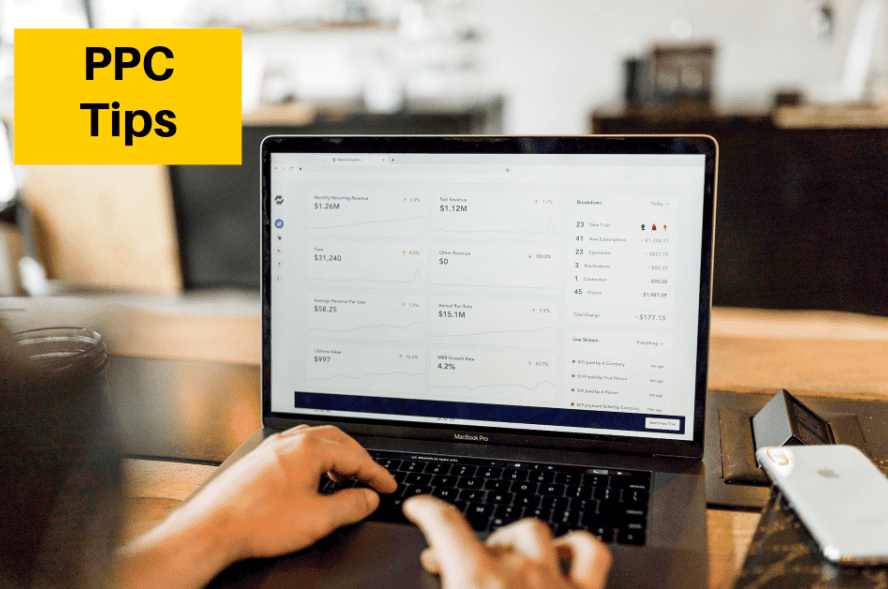
Pay-per-click (PPC) advertising effectively drives traffic to your website and increases your online visibility. However, with so many businesses using PPC advertising, it’s important to understand what your competition is doing and how you can compete with them. That’s where a PPC competitive analysis comes in. You can do this yourself or see what marketing agencies in London have to offer as this falls under the usual offer. Let’s look at the following steps to perform a successful PPC competitive analysis:
1. Identify Your Competitors
The first step in any competitive analysis is identifying your competitors. This is important because you must know who you are competing against in the PPC landscape. Start by doing a Google search for your primary keywords and see who is advertising on the top of the search engine results page (SERP). These are your primary competitors.
2. Analyse Their Ad Copy
Once you have identified your competitors, it’s time to analyze their ad copy. Start by looking at their headlines and descriptions. What kind of language are they using? What are they highlighting in their ads? Are they making any unique claims or offers?
Use this information to craft your ad copy. Look for ways to differentiate yourself from your competitors while still addressing the same pain points and benefits that your audience is looking for.
3. Evaluate Their Landing Pages
Your competitor’s landing pages are the first thing potential customers will see after clicking on their ad. Take a look at their landing pages and ask yourself the following questions:
Is the landing page relevant to the ad copy?
Is the landing page well-designed?
Is the landing page easy to navigate?
Is the call-to-action (CTA) clear and compelling?
Use this information to improve your landing pages. Ensure your landing pages are relevant to your ad copy, well-designed, easy to navigate and have a clear and compelling CTA.
4. Analyse Their Keywords
Keyword research is vital to any PPC campaign. However, it’s also important to know what keywords your competitors are using. Use a keyword research tool like Google Keyword Planner or SEMrush to identify the keywords your competitors are bidding on.
Look for opportunities to target keywords that your competitors don’t need to be bidding on. These keywords may have less competition and could be less expensive to bid on. Additionally, you may be able to find long-tail keywords that your competitors aren’t targeting, which could result in higher click-through rates (CTR) and conversion rates.
5. Evaluate Their Bidding Strategy
PPC advertising is an auction-based system, which means the highest bidder gets the top spot on the SERP. However, there are other factors that determine ad placement, such as ad relevance and landing page experience.
Take a look at your competitor’s bidding strategy. Are they bidding on every keyword or only specific keywords? Are they using manual or automated bidding? What bidding strategies are they using for different campaigns?
Use this information to improve your own bidding strategy. Consider using automated bidding to save time and optimise your bids based on performance. Additionally, consider bidding on specific keywords that your competitors aren’t targeting to get more visibility and potentially lower costs.
6. Monitor Their Performance
Finally, it’s important to monitor your competitor’s performance over time. Use a PPC tool like Google Ads or SEMrush to track their ad spend, impressions, clicks, CTR, and conversion rates. Additionally, keep an eye on any changes to their ad copy or landing pages.
Use this information to make adjustments to your own PPC campaigns. If your competitors are seeing success with a particular ad copy or landing page, consider incorporating similar elements into your own campaigns. Additionally, if your competitors spend a certain amount on specific keywords, consider increasing your bids for more visibility.
